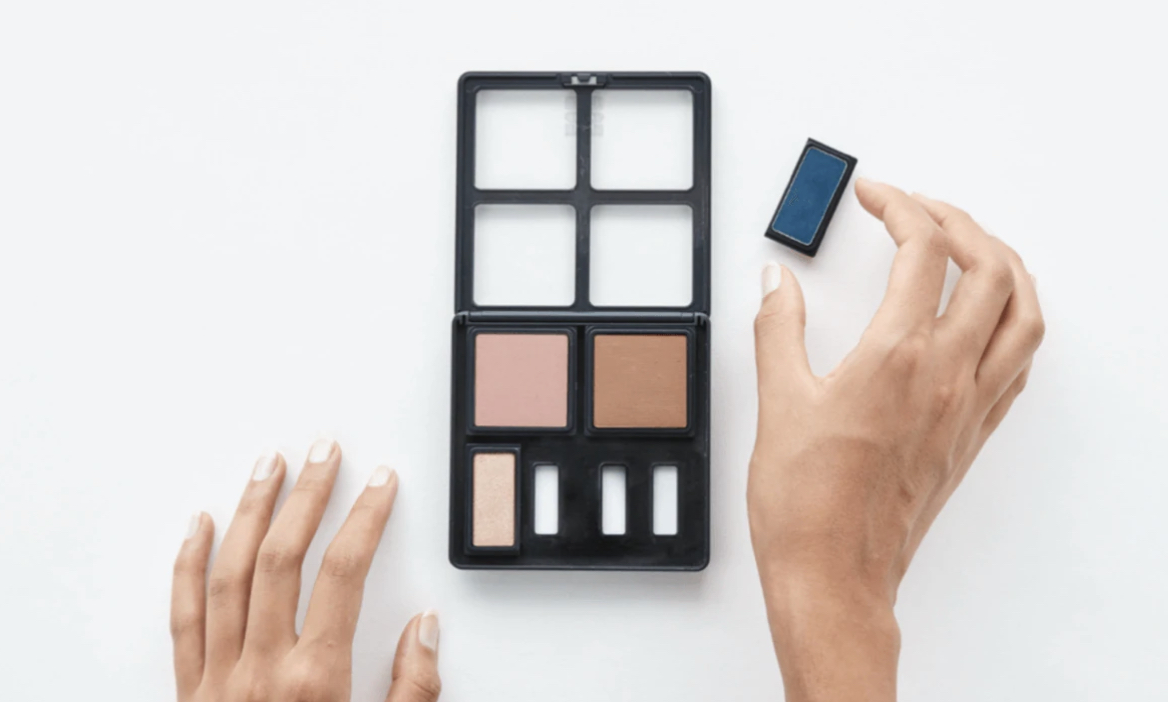
MOB Beauty Creates Molded Fiber Compostable Beauty Packaging That Turns Into Dirt Within Months
Victor Casale believes that if he builds it, they will come—and he has evidence to back up that belief.
Along with Mia Davis, VP of sustainability and impact at Credo, the MOB Beauty co-founder and CEO established Pact, a nonprofit beauty product recycling program, last year. Today, around 100 companies have signed up to use it, including Milk Makeup, Rare Beauty Brands, Victoria Beckham Beauty, Ilia, Dr. Dennis Gross Skincare and Pacifica. And there’s a somewhat notable brand he played a role in, MAC Cosmetics, where he was chief chemist and managing director, and spearheaded Back 2 MAC, an initiative incentivizing packaging returns that remains active long after he departed in 1999.
Now, Casale is on a mission to spread compostable packaging made from molded fiber in the beauty industry by presenting it to MOB Beauty’s customers and its competitors. In 2024, the makeup brand will launch a collection called NewPurpose with its signature refillable Lip Capsule and Compact fully packaged in the compostable material created from bamboo, bagasse or sugarcane pulp, a flax-based bioplastic and post-consumer recycled cardboard coated in Verdecoat, a protective spray employed in the food industry.
Long before 2024, MOB Beauty will be unveiling the compostable packaging to beauty industry insiders at the trade show Luxe Pack New York this week and its customers starting on July 1 in samples with every order on its website to solicit feedback from them. “The idea of this is really to show ourselves, the industry and the consumer that we can actually do things at a pro quality, prestige level that are more sustainably focused than we are today,” says Casale.
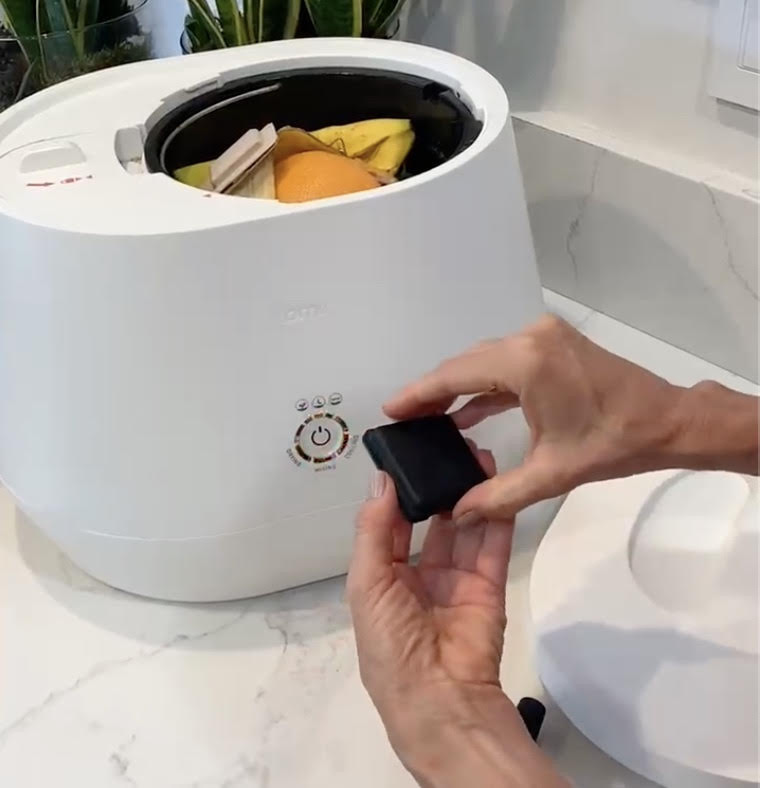
The development of the molded fiber compostable packaging stretched over three years and involved several parties that Casale brought together. MOB Beauty’s partners on it are packaging suppliers Golden Arrow, Albea and Montrose-Haeuser, and Pela, producer of the kitchen composter Lomi. The NewPurpose packaging can be composted in the Lomi, but practically anywhere else, too.
“The thing about compostable packaging is there are alternate ways to deal with it,” says Casale. “Even if you throw it in the garbage, it’s not going to last for 100 years. The Compact will compost within three months. The lipstick tube may compost within a year, but it’s going to compost and turn into dirt. The material is on average 50% lighter than traditional packaging, and the Verdecoat technology helps protect it from humidity.”
The first iterations of the molded fiber compostable packaging weren’t up to Casale’s standards, hence why it took three years for him to go forward with showing it to the market. They were bulky, relatively flimsy and would get stained by lipsticks and eyeshadows. Casale mandated the NewPurpose Compact had to be the same size as MOB Beauty’s previous compact fashioned out of polyethylene terephthalate or PET to be released. The Verdecoat was applied to address the staining. PCR cardboard was added to fortify the packaging.
Introduced in 2021, the brand’s inaugural RePurpose collection has capsules, compacts and palettes out of mono-material PET or PP (polypropylene), the most recyclable readily accessible plastics, and outer packaging formed completely from PCR contents. MOB Beauty isn’t moving away from its inaugural packaging when it rolls out the compostable packaging to provide consumers with various packaging choices.
“At MOB, we want to educate that, ‘Hey, you can get amazing products on your lips and your cheeks and use the least amount of resources.’ To me, that is the future of luxury.”
“Every consumer is different, and we all know that. Some need to travel a lot, and some may be professionals that bang things around in and out of cases. Some stay at home and use their products there,” says Casale. “Some just emotionally don’t want to use some material because of who they are and their points of view, and some need certain packaging and functionality because of the job they do.”
A big downside of the compostable packaging is also its big upside: It’s not intended to last forever. As a result, it’s not as sturdy as packaging that’s constructed to last forever. “If we can make it hold together longer and harder with it still being compostable, that would be a benefit,” says Casale. “It’s like everything in life, there’s a tradeoff. There could be resins put in there to last forever, but that defeats the purpose because it wouldn’t be compostable.”
To Casale, that’s not the biggest issue with the molded fiber compostable packaging, though. The biggest issue with it, he says, “is the precision with which you can produce it. You can get our lipstick PET tube with a really nice snap because plastic is very precise. Molded fiber starts off as a wet pulp that gets molded and then dries. Because it’s less precise, you can do less things with it, but we’ve managed to work a lot of that out.”
Another issue is cost. Casale figures the molded fiber compostable packaging is 30% to 50% pricier than virgin plastic packaging. He attributes the higher price to existing packaging infrastructure. “The beauty industry has about 50 years of legacy plastic tooling. If you think about how much that costs, every tool is about $50,000. If you have a package using four tools, it’s $200,000, and multiply that by all the designs and products on the market today, you have hundreds of if not billions of dollars invested in tools that make plastic,” he says. “That is the friction in the industry.”

Major impetuses behind Casale being vocal about his molded fiber compostable packaging efforts are to reduce the friction, lower the cost of the packaging and encourage beauty packaging to be converted to it widely to improve the beauty industry’s environmental footprint. However, if the cost doesn’t decline, he argues beauty brands are able to pay for it. “The cost of goods is 10% to 15% of retail, so a 50% increase on the cost [of packaging] is there, but it’s not huge,” says Casale. “There shouldn’t be any reason why we as an industry can’t take this on. It’s within reach.”
While it’s within reach for beauty brands, Casale is under no illusion that prestige beauty consumers will adopt compostable packaging quickly. He asserts beauty marketing has been effective at convincing them that heavy, shiny packaging is the epitome of luxury—and it’s difficult to break that perception. He says, “At MOB, we want to educate that, ‘Hey, you can get amazing products on your lips and your cheeks and use the least amount of resources.’ To me, that is the future of luxury.”
On top of the perception problem, Alisha Gallagher, co-founder and chief brand officer at MOB Beauty, recognizes the awareness of compostable beauty packaging is scant among consumers, but she’s detecting a groundswell of interest in sustainable packaging that she predicts will lead to greater knowledge about it. As proof of that groundswell, she mentions MOB Beauty sells more refills than other products.
Gallagher says, “I’m continuing to see more and more interest and demand, and I think that the consumer is becoming more and more likely to want to trade to this type of option as they understand it and as solutions are available.”

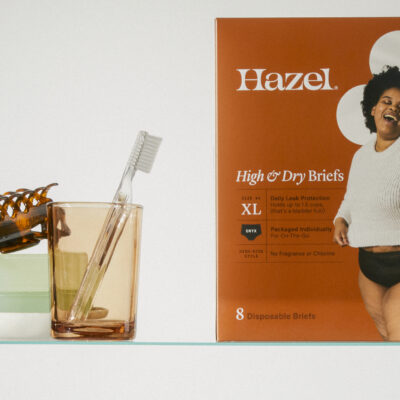
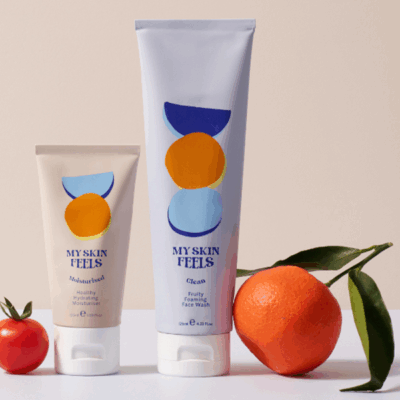
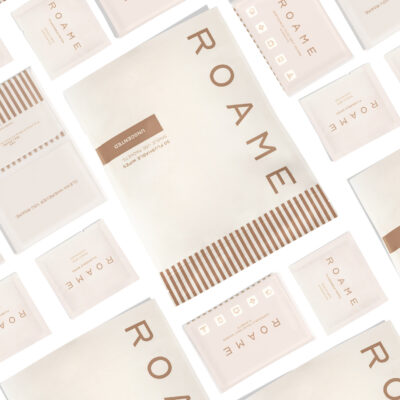

Leave a Reply
You must be logged in to post a comment.